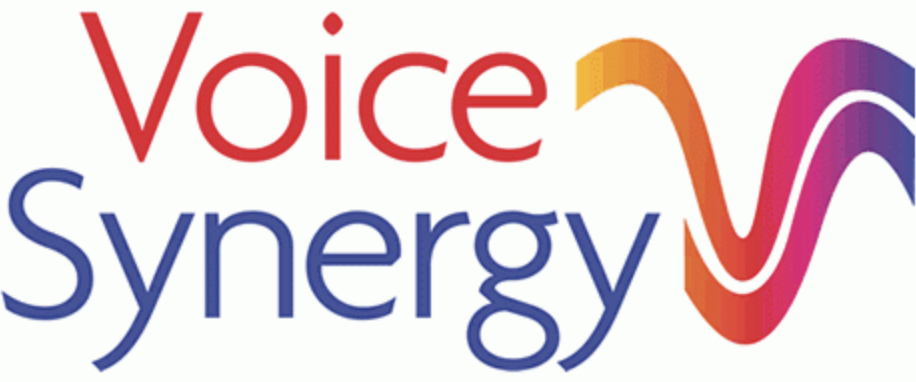
Over the years I have noticed that in different work meetings, I behave differently and use my voice differently according to the composition of the group. Talking to a group of accountants requires a different style as they speak and behave differently from a group of barristers, for example. Both groups require a specific style of delivery of information and they in turn express themselves differently from say, a group of estate agents.
That set me wondering about personality types in broad terms and how we use our voice, depending on what sort of personality type we are and how we can adapt to communicate better with other personality types.
If you use your voice in your usual, habitual way – your ‘everyday voice’, others may not ‘buy-in’ to your way of thinking, particularly if they belong to a different personality group.
In a work meeting in-person or online, attendees can have diverse communication styles and respond more positively to someone who speaks in a similar style to themselves.
According to one personality type model, people generally fall into four broad groups. Personality types include: Analyst, Communicator, Driver and Planner and each type uses their voice in a different style and requires different information to motive them.
The Analyst might use their voice to request more information, they will ask for data, documents and detail and process the information with careful scrutiny. They are likely to be factual and procedural in their communications, both written and spoken.
The Communicator is a different kettle of fish, being keen to share ideas and opinions, build relationships and thrives in a positive environment. Their spoken style is outgoing and friendly and veers towards the more informal – possibly using texts, emojis and voice messages to communicate outside the meeting room when face-to-face isn’t possible.
The Driver is assertive, ambitious and competitive, with a direct communication style. This person wants results. Driver personality types are usually in a powerful position and expect efficient and responsive communication from those around them. They use decisive language and may speak in shorter sentences in an assertive tone of voice.
The Planner is a patient, steady person who is usually calm and easy to get on with. This personality type appreciates the opportunity to be heard and to be supported in an unpressured environment. Time is a precious commodity and to the Planner, it is an essential component of their work in order to organise themselves well.
Any one of these personality types might speak in a way that is unsettling or alien to those in another group. The Analyst might frustrate the Communicator as they may use their voice in a composed, fact-led monologue, without the keen enthusiasm that the Communicator might prefer.
The Driver might be equally frustrated by the Planner, speaking at the slower pace, time scales being requested to complete a project. The short, sharp direct communication style of the Driver could result in the Planner compromising results instead of encouraging a dialogue for a better outcome.
There are many combinations of personality types that can throw up communication issues and it presents an opportunity to understand how we can use our voices to take into account the needs of others.
Using your voice and the words you select in a variety of ways might be the key. In a meeting that includes a mix of personality types, use your voice to address their diverse needs. You might speak using different vocal ranges, for example.
A calm, slower pace of speaking will appeal to the Planner and Analyst, for example, including details, evidence and timelines will also be appreciated and engender a positive response.
Speaking to a Driver, use your voice in a more powerful, energised and decisive way, pointing out succinctly, how results can be achieved.
Sometimes we are given some advice about how to use your voice in a meeting and it can be simply, ‘speak up, be assertive and use positive body language’ but without some professional input, this can be unhelpful at best.
Effective use of your vocal range, using the power of pause and varying your vocal patterns can be hugely influential. Your voice, coupled with carefully chosen words, can be used to change minds, to create support, to encourage others to adopt your vision. Your voice can be a powerful instrument for change.
Using your voice effectively, appreciating that others’ needs and speaking in the right way can reap very big rewards. It really is Voice Synergy.
For more information on how to use your voice to influence others, please get in touch.
